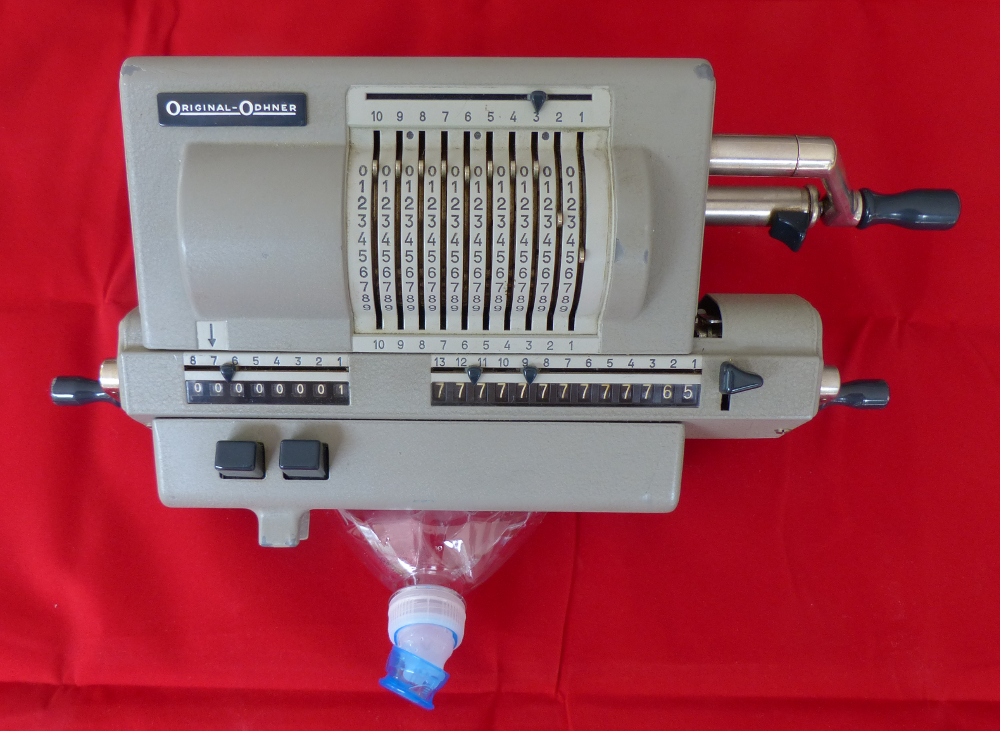20160805 SMARTING UP:
Clever Hans and Bright John
Seriously, how can they not understand that those Harlem Shake videos are metaphors of ejaculation? Are they pretending? OK, that's none of my business. I just wanted to check on so-called Internet memes, specifically on one of them, which states that multiplication is not repeated addition.
When I came across this idea, I thought that it belonged to Defensive Math. Yet, upon closer examination, I saw familiar logic, according to which fingers are for nose-picking. If multiplication is repeated addition, who needs school to teach it?
Soon I found that the meme was being promoted to educators, and it was gaining traction among them. Now, what is good for educators is rarely good for students. Defensive math is about defending students from teachers, not the other way around.
As a parent, I thought MINRA can be very damaging, and it could explains some peculiarities of elementary school teaching. Otherwise, I did not find MINRA apologetics remarkable, except the following point. Here is the link and the quote.
"Oh, so multiplication of fractions is a DIFFERENT kind of multiplication, is it?" a bright kid will say, wondering how many more times you are going to switch the rules. No wonder so many people end up thinking mathematics is just a bunch of arbitrary, illogical rules that cannot be figured out but simply have to be learned - only for them to have the rug pulled from under them when the rule they just learned is replaced by some other (seemingly) arbitrary, illogical rule.
Irony? Hardly. The author just wanted to make such bright kids happy.

Folklore has many tales of bright guys and the rugs pulled out from under their feet. The number in Aarne-Thompson classification is 1696 (The stupid man/What Should I Have Said?). Here is a collection, thank you professor Ashliman! The first one was retold by Brothers Grimm. They included another one in their book. It's named "Clever Hans". Ironically, of course.
Links are unreliable, so please allow me another quote from Wikipedia. It's short and more understandable, although, I suspect, is not free from mistakes. For example, why say "not much"? Or - from another story - why put a knife and how to put a goat in the pocket, unless it's a pocket goat? Was it a bag of some kind?
A long long time ago there lived a mother and her son. The son told the mother that he wanted to go out a traveling. The mother was very worried about it since they were very poor. The son told her that he would be fine, and he would always say "not much". One day on his travels, he passed by a group of fishermen while he was saying "not much". The fishermen could not catch any fish and were very angry at him. He asked them what he should be saying instead. They told him to say "Get it full". He continued to say "get it full, get it full" while he was traveling. Then he passed by a gallows when some prisoners were being hung. The executioner got angry and said, "so it is good to have more criminals?". The young man asked what he should be saying instead. The executioner told him to say "God, please have pity on the poor soul". Then he came across a group of knackers who were skinning a horse while he was saying "God, please have pity on the poor soul." The knackers got mad and told him to say "there lies the dead flesh in the pit". So the young man kept on traveling while he was saying "there lies the dead flesh in the pit." A cart passed by and fell into a pit. The people in the cart were mad and start attacking the young man. He ran back home and never went out a traveling again in his life.
The story is clearly not for a school library. Synopsis failed to mention that everybody ended up "attacking" the stupid one, hurting him pretty badly. I gave Brother Grimm's stories to TLG to read. Another reason to wait for police to knock on the door.
Comparing two quotes, I can't help but marveling at the cultural shift, which mass education induced in the last 250 years. Dumbing down to cater to imaginary masses they said? The tales collected by Brothers Grimm were not exactly pinnacles of intellectuality, but their Clever Hans is now our Bright John.
I wonder what even moderately dim student would fail to understand that math is a developing knowledge, and when you learn math, it develops in your mind. They tell you one-two-three-four-five-six-seven-eight-nine-ten are numbers. Then you have to go to 20. And zero. And -1. And fractions... and now I feel like the rug is pulling my feet. Why, why, why do they say that multiplication of fractions is not the same multiplication, which has been known for millenia?
I can't speak for the masses. They can be this stupid, of course. I can also tell that the masses are being taught precisely this kind of mechanically separated math, in which nothing makes sense even for the teachers. Another factor is obvious too: stupid students are good for the schools. First, the teachers themselves don't have to be smart. Then, nobody can expect and demand the stupid students to learn much of anything. US educators grew very good at picturing their students as stupid, making them stupid and silencing those who don't accept this role.
By the way, the first quotation only makes sense if Bright John will live to learn true math. This is then the false knowledge of multiplication as repeated addition will return to bite his butt.


 The mystery "add together" operation is known to Wikipedians as
The mystery "add together" operation is known to Wikipedians as 
